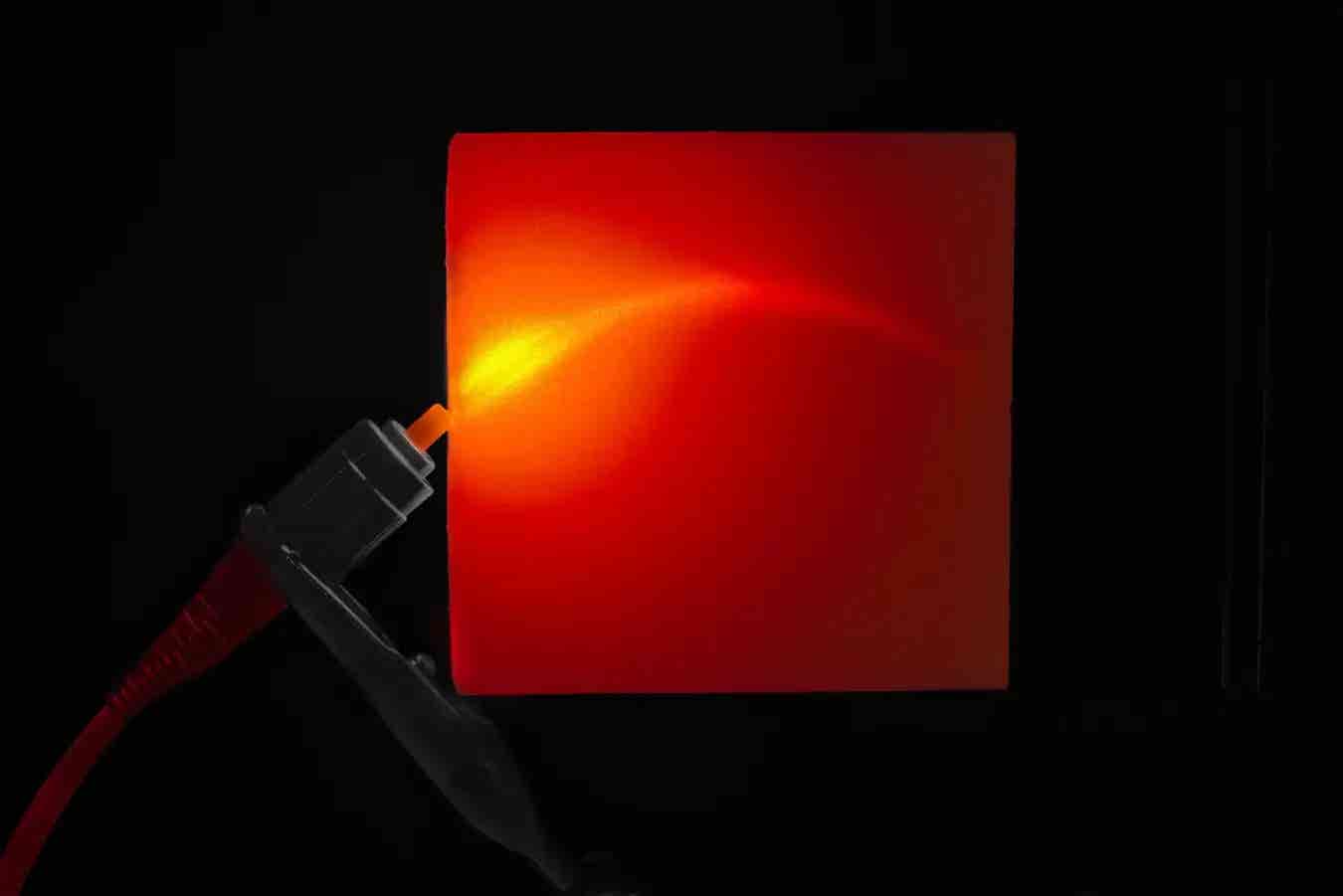Light, Heat, and Neutron Control: Revolutionary new way to bend light around corners
Physicists have unveiled a novel waveguiding technique inspired by clouds, promising advancements in optics, thermal management, and nuclear tech.

A groundbreaking waveguiding technique inspired by clouds could revolutionize optics, thermal management, and nuclear technology. (CREDIT: University of Glasgow)
The scattering of light governs many of nature’s most beautiful phenomena. It's why the sky appears blue, sunsets are red, and snow looks white. This same principle makes certain materials appear opaque.
Yet, a recent discovery by physicists at the University of Glasgow has upended our understanding of light propagation, revealing a groundbreaking method to guide light through opaque substances.
Unlike traditional fiber optics, which rely on total internal reflection to direct light through a low-refractive-index cladding, the new mechanism harnesses a different physical process.
This innovative waveguiding technique employs a weakly scattering core encased in a highly scattering material. The contrasting scattering properties confine the light within the core, allowing it to travel with surprising precision—even along curved paths.
A Breakthrough Inspired by Clouds
The discovery was inspired by a simple observation: how sunlight interacts with cumulus clouds. Professor Daniele Faccio, who leads the Extreme Light research group at the University of Glasgow, explains, “Tall cumulus clouds are bright white at their tops and dark grey at their bottoms. This is because sunlight scatters through the countless water droplets inside, decaying exponentially as it penetrates the cloud.”
Related Stories
This natural scattering sparked an idea. Could the scattering effect be harnessed to create a controlled pathway for light? The team began experimenting with 3D-printed structures composed of highly scattering resin with a low-scattering core.
The results were astonishing. Light transmitted through these structures was over 100 times more intense in the core compared to surrounding materials without such design.
The team’s experiments didn’t stop at mere observation. They developed a robust mathematical model to explain the diffusion processes governing this phenomenon. Interestingly, the equations share similarities with those that describe heat transfer in solids. This crossover hints at broader applications beyond light.
“This new method isn’t just about photons,” says Faccio. “The underlying physics could be adapted to guide heat or even particles like neutrons, offering transformative possibilities in thermal management and nuclear technology.”
Potential Applications
The implications of this research extend far beyond optics. One promising avenue lies in medical imaging. Traditional methods like X-rays or MRIs often struggle with dense or opaque biological tissues. The new waveguiding technique could revolutionize this, enabling doctors to peer deeper into the human body with greater clarity.
Another application lies in thermal management, crucial for modern computing systems. Data centers, which generate vast amounts of heat, could benefit from this method to channel heat away from sensitive components. Moreover, by guiding particles like neutrons, the technique could enhance safety and efficiency in nuclear power plants.
Dr. Kevin Mitchell, the lead author of the paper, emphasizes the meticulous approach taken. “We started with a question, validated it experimentally, and then rigorously proved it mathematically. This comprehensive foundation allows us to explore further applications with confidence.”
Collaboration and Future Directions
The study, titled Energy Transport in Diffusive Waveguides, was recently published in Nature Physics. It marks a collaborative effort, including contributions from Professor Ewan Wright of the University of Arizona. Funded by the Royal Academy of Engineering, the EPSRC, and UK Research and Innovation, the project underscores the value of interdisciplinary research.
Reflecting on the journey, Faccio says, “Even in established fields like optics, there’s always room for fundamental discoveries. This research opens up new possibilities in both scientific exploration and practical application.”
As the team continues to refine their methods, they’re optimistic about the future. Whether it’s revolutionizing medical imaging, enhancing computing efficiency, or advancing nuclear technologies, this discovery has the potential to reshape industries.
Note: Materials provided above by The Brighter Side of News. Content may be edited for style and length.
Like these kind of feel good stories? Get The Brighter Side of News' newsletter.



